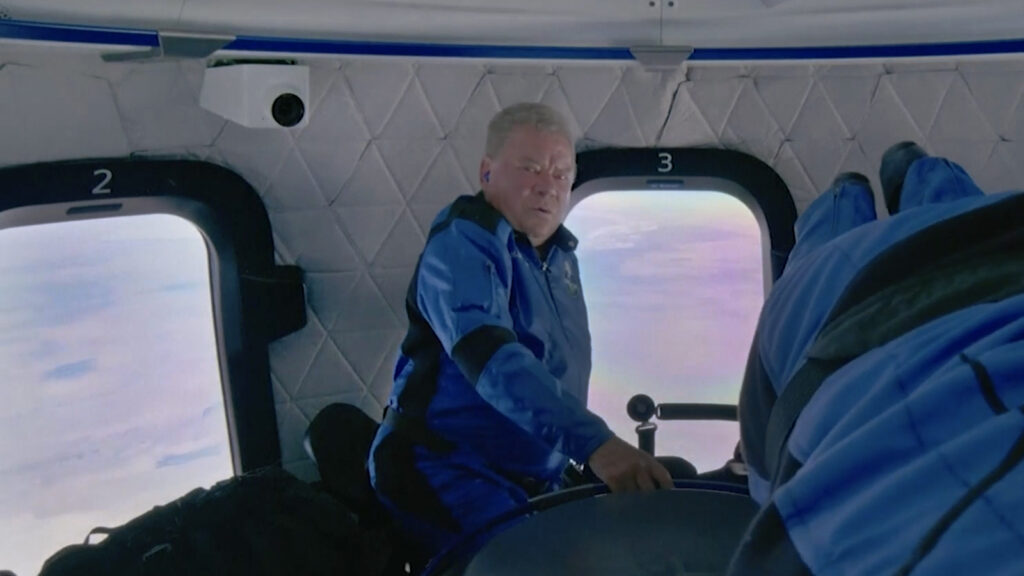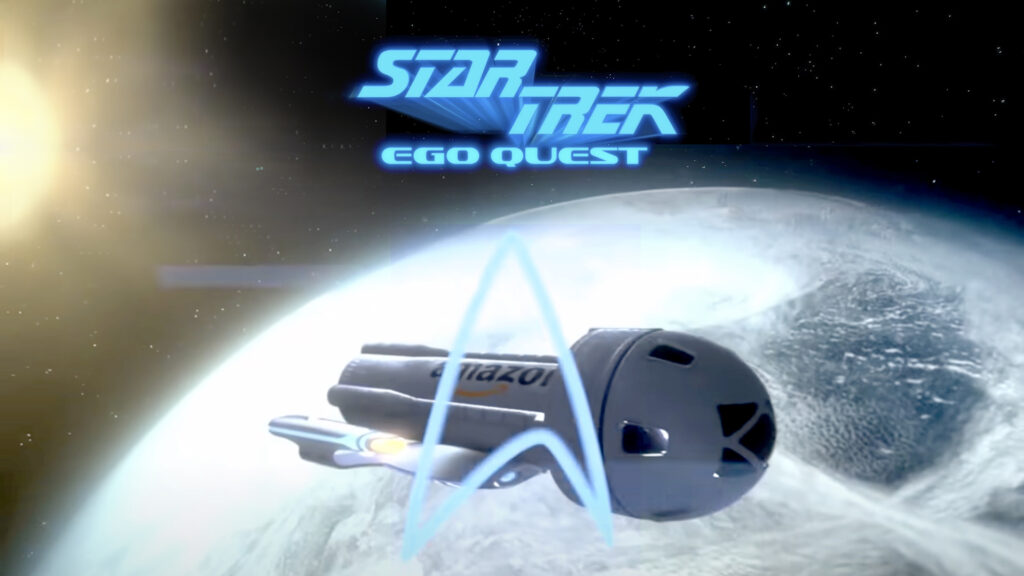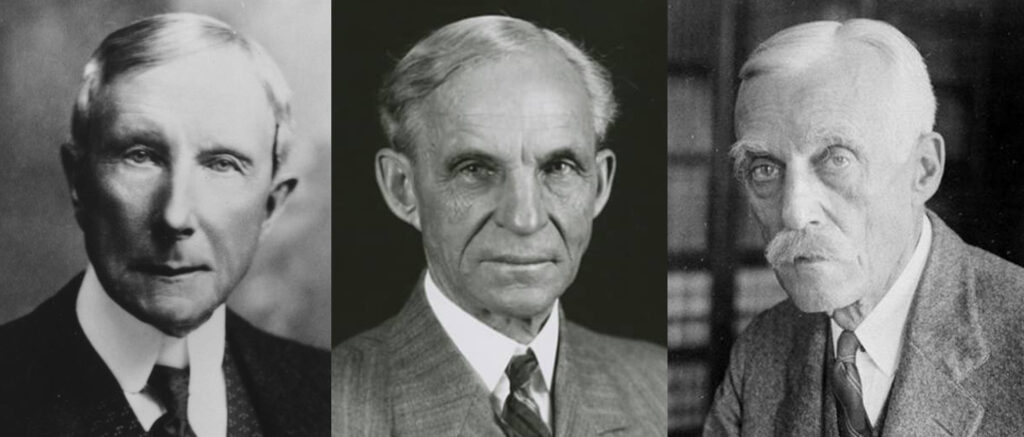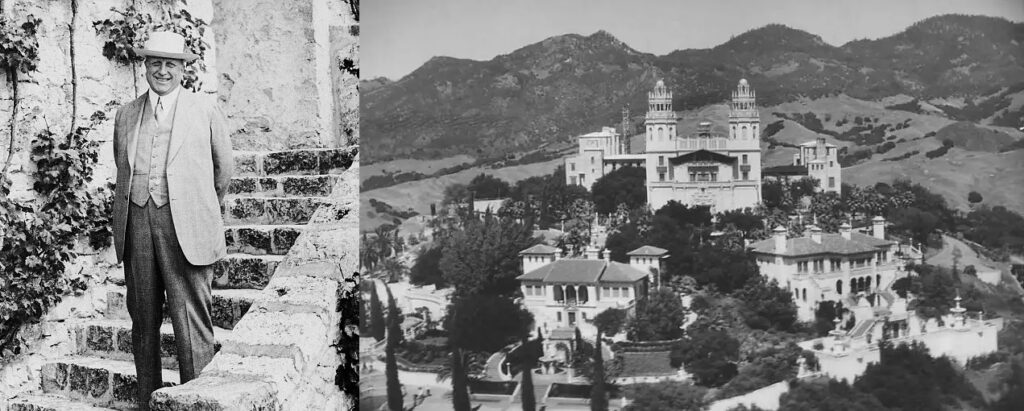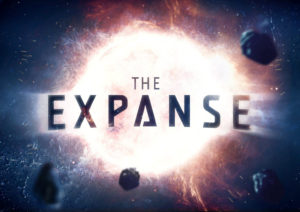It all started in the summer of 1983 with the flight of the first female astronaut, SALLY RIDE, orbiting the earth on board the space shuttle Challenger. And it ended on January 26, 1986 with the death of civilian teacher CHRISTA McAULIFFE and six other crew members on board that same spacecraft as it exploded and broke apart just 73 seconds after liftoff from Cape Canaveral, Florida.
What ended? The hope of sending a poet into space.
“We need people other than MIT physicists to tell us what it’s like up there,” said novelist JAMES MICHENER in the early 1980s. A space enthusiast, Michener served at the time as a member of a special NASA task force. In 1983, after Sally Ride had reinvigorated Americans’ enthusiasm for the multi-billion dollar-a-year NASA space program, the task force issued a report that called for sending professional communicators, such as writers and educators, on future space missions. “It is desirable for NASA,” the report explained, “to fly observers on the shuttle for the purpose of adding to the public’s understanding of space flight.”
And so began the search for the perfect candidate out of literally millions of Americans. A NASA spokesman said they were looking for “…someone who can make an eloquent contribution to the literature…a broadcast journalist, a newspaper reporter, an artist, a song writer, or even a poet.”
I remember at the time (I was just starting college) learning that singer/songwriter JOHN DENVER was lobbying hard to be considered for this program. I imagined the man who wrote one of my all-time favorite songs, Looking for Space, actually traveling TO space and coming back to share that experience with the world through music and lyric. It could have been glorious because most people (nearly all) who were alive in the 1980s would have no chance to ever go into space.
And as lovely as the words of NEIL ARMSTRONG (“One small step for (a) man, one giant leap for mankind…”) and BUZZ ALDRIN (“Magnificent desolation…”) were when they stepped onto the moon’s surface in 1969, they really weren’t trained to be communicators. They were military men, pilots, engineers, and scientists of a sort. Their training and skillsets never included inspiring others with words and evoking visceral feelings and emotions. Writers and artists know how to do that, but they weren’t the ones leaving the planet.
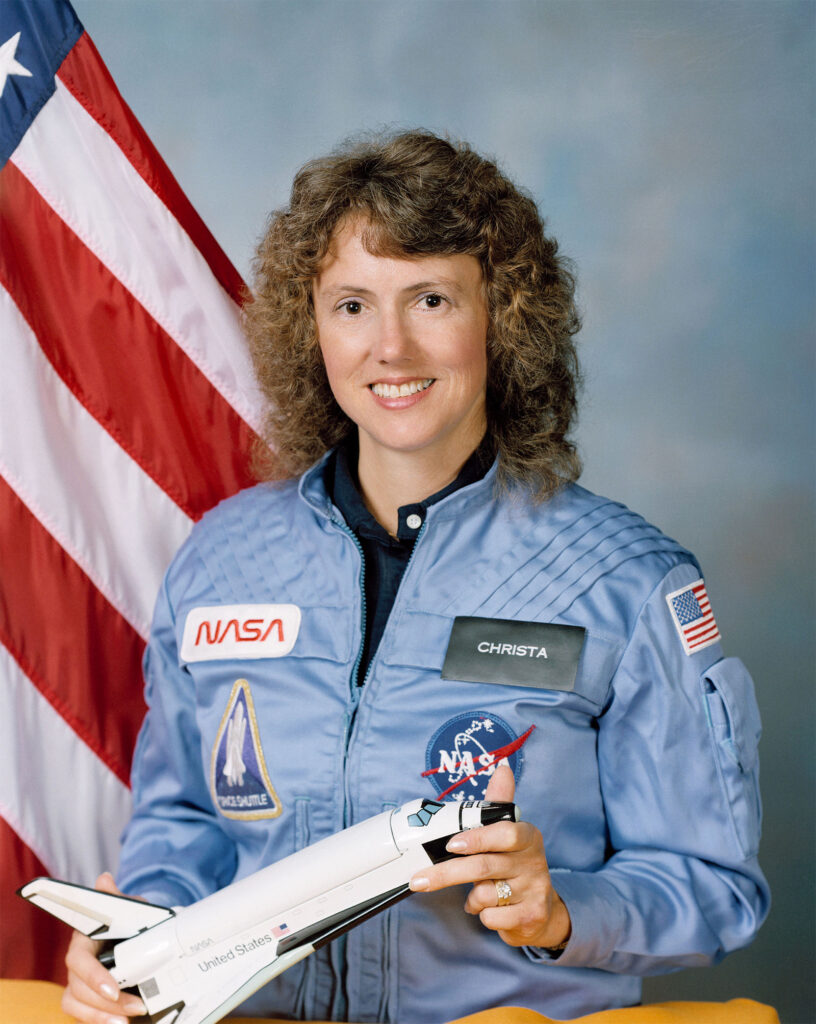
In 1984, the decision was made to send a teacher into space to kick off the program. Thousands of applicants were whittled down to 114 semifinalists from all fifty states, and then to 10 finalists—six women and four men—with Christa McAuliffe of Concord, New Hampshire being the final selection.
Phase two of this civilian-in-space program would have sent a journalist into orbit the year following the teacher. More than 1,700 candidates were under consideration, including former CBS anchor WALTER CRRONKITE (who was 69-years-old at the time), WILLIAM F. BUCKLEY, JR., GERALDO RIVERA, TOM WOLFE (author of the widely-acclaimed book The Right Stuff) and NORMAN MAILER. Phase three would launch some kind of artist.
And then the Challenger disaster happened.
Continue reading “The real significance of sending WILLIAM SHATNER into space…”
